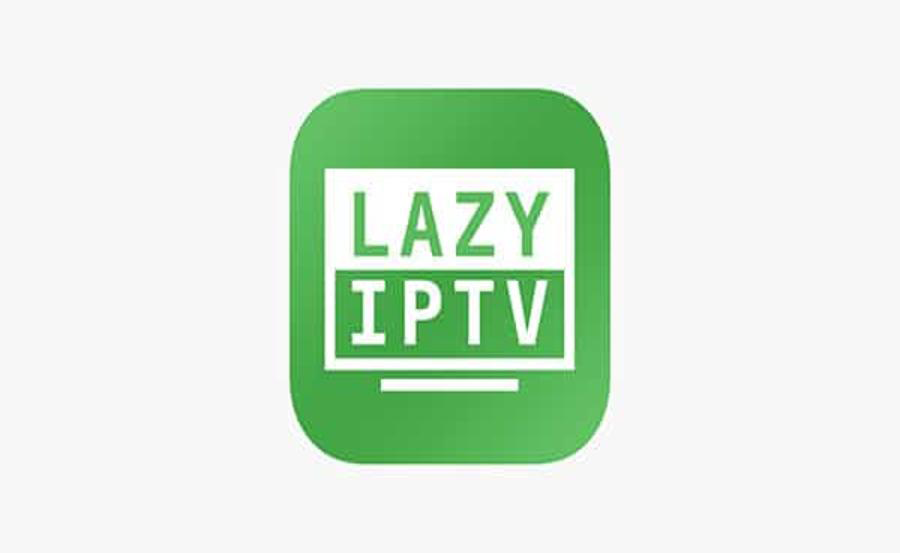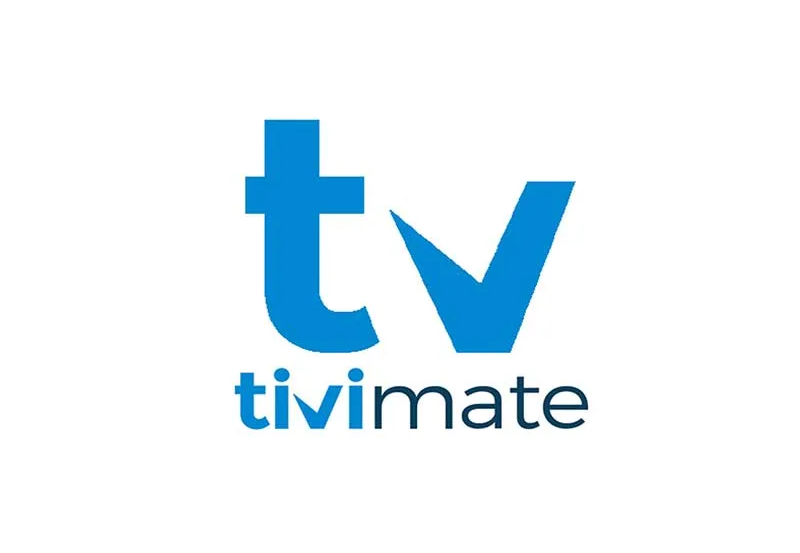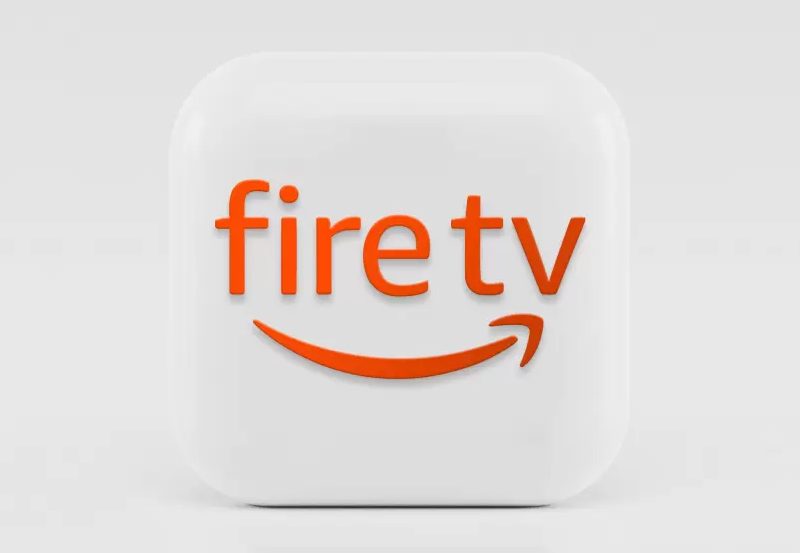The television industry has witnessed significant transformation over the past few decades. From black-and-white sets to the vibrant, high-definition displays of today, how we consume content continues to evolve. Two of the most talked-about options are Lazy IPTV and traditional cable. Both have their merits and pitfalls, paving the way for a debate among viewers. This article delves into which service might suit your entertainment needs better. Whether you’re a tech-savvy individual looking to unlock the ultimate IPTV experience or someone weighing the best IPTV deals, understanding the nuances of each will help in making an informed decision.
Understanding IPTV Providers and Traditional Cable
What is IPTV?
Internet Protocol Television (IPTV) marks a shift in how we consume television. Instead of relying on traditional methods like satellite or cable, IPTV uses internet protocol technology to deliver television content. The appeal of IPTV providers lies in their flexibility. Subscriptions vary significantly, from accessing a handful of channels to comprehensive packages that cater to diverse viewer interests. IPTV promises a personalized viewing experience, leading many to consider it a preferable alternative to traditional services.
A key factor in IPTV’s rising popularity is the portability it offers. With Lazy IPTV, content isn’t bound to a physical location. As long as you have a stable internet connection, you can watch your favorite shows and movies from anywhere, breaking geographical barriers that have long constricted viewers.
Smart Insight:
Unlock premium content with Buy IPTV online, offering access to global channels at your fingertips.
What is Traditional Cable?
Traditional cable has been a staple in people’s homes for decades. It’s a tried-and-true method that delivers a scheduled lineup of channels without relying on an internet connection. Cable providers equip users with a plethora of programming, often bundled with other services such as telephone and internet. Its simple plug-and-play nature makes it seemingly accessible to all.
Cable’s strength lies in its consistency. Unlike streaming services that depend heavily on the internet, cable offers undisrupted viewing. Storms or network issues rarely impair service quality, providing convenience for viewers who prefer uninterrupted entertainment.
Pros and Cons: Lazy IPTV vs. Traditional Cable
Advantages of Lazy IPTV
Lazy IPTV offers an array of benefits that appeal to modern-day consumers, among which flexibility stands out prominently. These platforms enable streaming on multiple devices; whether you’re at home watching on your smart TV or catching the latest episode via your phone on your commute, IPTV gives you this mobility.
- On-demand content is one of the prime attractions, offering choices in abundance.
- No geographical constraints, enabling global access to content.
- Customizable subscription plans attuned to individual viewing habits.
Disadvantages of Lazy IPTV
Despite its perks, Lazy IPTV has shortcomings. Primarily, its reliance on internet connectivity poses problems. Without a stable or high-speed connection, buffering and lag can disrupt viewing, which may deter users. Another issue is the legality and reliability of some IPTV providers, leading to potential risks in service continuity.
Some users may also feel overwhelmed by the limitless options, leading to decision fatigue. There’s something to be said for the curated experience traditional cable offers, where selections are made for you.
Advantages of Traditional Cable
Cable’s strongest selling point is its reliability. Without the dependency on broadband, users are spared the common frustrations of slow internet speeds. This means crisp, clean access to content whenever you please, rain or shine.
- Bundling options offer cost savings across several services like internet and phone.
- Local channels readily available, keeping viewers connected to community events.
- Ease of use with a user-friendly interface operational by any family member.
Disadvantages of Traditional Cable
Traditional cable isn’t without its faults. The rigidity of channel bundles often translates to paying for unwanted content. Plus, contract commitments can be financially binding and a barrier for viewers seeking flexibility.
The absence of on-the-go watching is another limitation. Unlike Lazy IPTV, traditional cable boxes are fixed to specific installations, restricting where you can enjoy your programming.
Making the Right Choice for Your Entertainment Needs
Considering Personal Preferences
When choosing between Lazy IPTV and traditional cable, it’s essential to reflect on your personal preferences. Are you someone who loves exploring a wide array of shows and movies at your own pace? Or do you find comfort in routine and curated programming? Understanding what resonates with you can simplify the decision process.
Your lifestyle plays a crucial role here. If you’re constantly on the move or enjoy watching content outside the confines of your living room, Lazy IPTV presents a clear advantage. Conversely, if home is when the TV comes on, and a steady constant is what you value, traditional cable won’t disappoint.
Budget Considerations
A significant factor to weigh is budget. IPTV providers often present a wide range of best IPTV deals that can accommodate varying financial stipulations. Remember to consider any additional costs that might arise, such as the need for a high-speed internet connection.
Traditional cable’s bundled packages might offer value, especially if you use additional services like internet and phone through the same provider. However, be wary of introductory pricing that can increase after an initial period.
Potential Future of Television Consumption
The Role of Technology
As technology continues its relentless march forward, the landscape of television consumption will likely shift further. An exciting future looms where virtual reality and augmented reality might redefine how content is experienced, making the choice between IPTV and cable even more intriguing.
Also, advancements in AI could contribute to more personalized viewing experiences. Imagine a service that not only remembers your preferences but actively suggests content based on your mood or current events. The potential to unlock the ultimate IPTV experience grows ever closer.
Impact of Consumer Trends
The habits of viewers are changing at a rapid pace. More individuals are cutting the cord, moving away from traditional cable in favor of more flexible options like IPTV. The younger, tech-savvy population leads this charge, valuing personalization, portability, and cost-effectiveness.
However, the established and older demographics may still cling to traditional cable’s simplicity, longevity, and reliability. Understanding these dynamics is key for both service providers and consumers when deciphering future trends.
Viewer Habits and Satisfaction
Entertainment as a Personal Experience
Every individual experiences entertainment uniquely, which is why personalization has become such a buzzword in the industry. IPTV providers appeal by offering services tailored to individual tastes and preferences, making each viewing session a personal one.
Cable, on the other hand, provides a communal experience often preferred by families or households who enjoy shared programming. This can foster family traditions around beloved shows or regular newscasts.
Measuring Viewer Satisfaction
Whether choosing Lazy IPTV or traditional cable, viewer satisfaction boils down to meeting one’s expectations. As more content becomes available, having a platform that aligns with those expectations is crucial. Streaming platforms that allow accessing global content with convenience tend to rate higher in user satisfaction.
Cable continues to score on areas related to reliability and simplicity. Satisfaction surveys among long-term users often reflect contentment with dependable service over myriad channel choices.
A New Era of Content Discovery
Curated vs. On-demand Content
The availability of on-demand content has transformed the way audiences discover new shows and movies. With Lazy IPTV, users curate their own viewing schedules, discovering new favorites in their own time. Meanwhile, cable offers a curated selection through scheduled programming, which can be both a blessing and a curse.
Choosing between the two approaches necessitates understanding your discovery preferences. Some prefer being introduced to new content by the service provider, while others take joy in the hunt themselves.
Interactive Features and User Engagement
Another enthralling development in TV consumption is the rise of interactive features. Whether it’s live tweeting or participating in polls during broadcasts, the level of viewer engagement with Lazy IPTV and modern cable bundles is increasing.
Such features can enhance the connection between viewer and content, transforming passive consumption into an interactive experience. The choice between IPTV or cable shouldn’t ignore how much an individual values these interactive aspects.
Revolutionizing Access: A Strategic Vision
The Influence of Global Access
The global reach afforded by IPTV can’t be understated. By breaking barriers, it allows everyone to relish in a vast expanse of international content. This is a beacon for those with an interest in diverse cultures and perspectives, providing an enriching viewing experience.
Conversely, cable’s focus remains predominantly regional, offering deep but limited access. The sense of community and shared experience that comes from watching local channels stands as a counterpoint to IPTV’s global access.
Shaping Strategies for the Future
Service providers on both sides must adapt to evolving consumer needs. For IPTV, this could mean further enhancing platform stability, addressing content licensing issues, and continuing to provide value through innovative features. Cable providers might focus on integrating more digital technologies and improving package flexibility.
Ultimately, the future of Lazy IPTV versus traditional cable will be decided by the viewers themselves. As innovation drives both industries, time will tell which service best meets our entertainment desires, answering the call of television’s modern era.
Frequently Asked Questions (FAQ)

To address common queries from consumers evaluating the shift from traditional television to IPTV, consider these answers to frequently asked questions.
What makes Lazy IPTV different from traditional cable?
Lazy IPTV offers flexibility and mobility by leveraging internet protocol for content delivery, allowing users to watch shows and movies on various devices. Traditional cable, however, provides a scheduled array of channels via a physical connection, focusing on reliability and ease of use in a stationary setting.
Are there legal considerations when using IPTV services?
Yes, selecting legitimate IPTV providers is crucial. Unlike sanctioned cable providers, some IPTV sources might operate in legal gray areas. Users should confirm the legitimacy and licensing of their chosen service to avoid disruptions and legal issues.
Can I save money by switching to IPTV?
Switching to IPTV may offer cost savings, particularly with customizable plans and varied IPTV deals. Nonetheless, remember that a decent internet connection is necessary, which adds to the cost. Carefully consider your viewing habits and budget to make an informed decision.
How do I ensure a smooth streaming experience with IPTV?
For an optimal IPTV experience, ensure a stable high-speed internet connection. Evaluate the performance and reputation of your chosen IPTV provider before subscribing, and perhaps keep backup options for content access during internet outages.
Can traditional cable and IPTV coexist in my household?
Absolutely, many households choose to combine services for comprehensive content access. You might prefer cable for its scheduled, regional programming while embracing IPTV for on-demand, international content, thus covering a wide breadth of viewing preferences.
Which option is better for a family with varied tastes?
IPTV might offer more personalized options catering to individual family members’ preferences with its diverse content library. However, cable provides communal viewing that can encourage familial bonding over shared programs. Each family should evaluate their priorities and viewing habits.
Maximize Your Viewing: Integrating M3U Links with Samsung TVs





